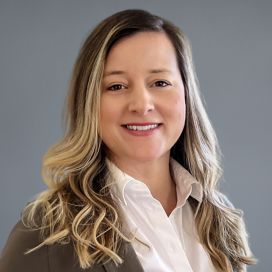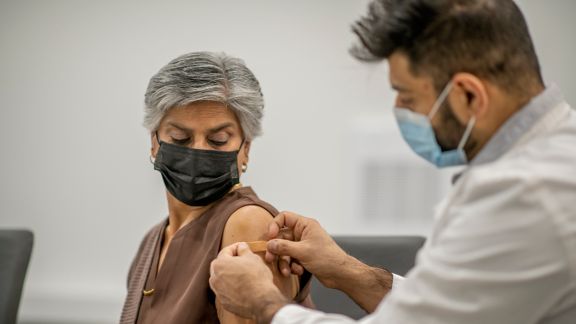Annual Warrior Survey for the Wounded Warrior Project®

Problem
Assessing the well-being of injured post 9/11 veterans.
The Annual Warrior Survey, begun in 2010, has assessed demographics and the mental, physical, social, and financial well‐being of injured military veterans since the 9/11 attacks in 2001. The Wounded Warrior Project® (WWP) uses the survey to help the organization make strategic decisions on such things as program delivery, advocacy efforts, and community partnerships. The survey results also are shared with Congress, the Department of Veterans Affairs (VA), and other veterans service organizations so they can do their part in serving warriors.
Solution
New longitudinal design yields additional opportunities to support Warriors.
In 2021, NORC designed and launched a new annual questionnaire, along with a sampling plan that converted the annual census survey into a longitudinal design. This new design will enable the WWP to better use survey data to help update services and strategies. NORC and the WWP team engaged with project partners to ensure the survey reflects their ongoing needs and concerns. This included convening subject-matter experts to discuss how to assist wounded veterans, and conducting focus groups with warriors and caregivers, and meeting with congressional and VA staff.
The latest survey (2023) included domains on physical and mental health status, health care access, education, employment, finances and benefits, military service experience, current well-being, self-directed violence, and environmental and toxic exposures. We conducted mixed-mode, multilanguage (Spanish and English) data collection for the 2021 and 2022 rounds, and also incorporated the longitudinal design for the first time in 2022.
Result
Analysis of the most recent Warrior Survey is currently underway.
At the end of the 2023 wave, NORC provided the client with the following:
- A detailed methodology report outlining major activities and challenges with data collection
- Analytic dataset for the 2023 Warrior Survey along with codebooks
- Restricted use files from the 2023 survey, as well as longitudinal datasets
Related Tags
Project Leads
-
Heidi Whitmore
Senior FellowProject Director & Principal Investigator -
Vince Welch
Associate DirectorChief Methodologist -
Nida Corry
Principal Research ScientistSenior Advisor -
Devi Chelluri
Senior StatisticianChief Statistician
Other Project Leads
Justine Bulgar Medina
Data Delivery Lead










